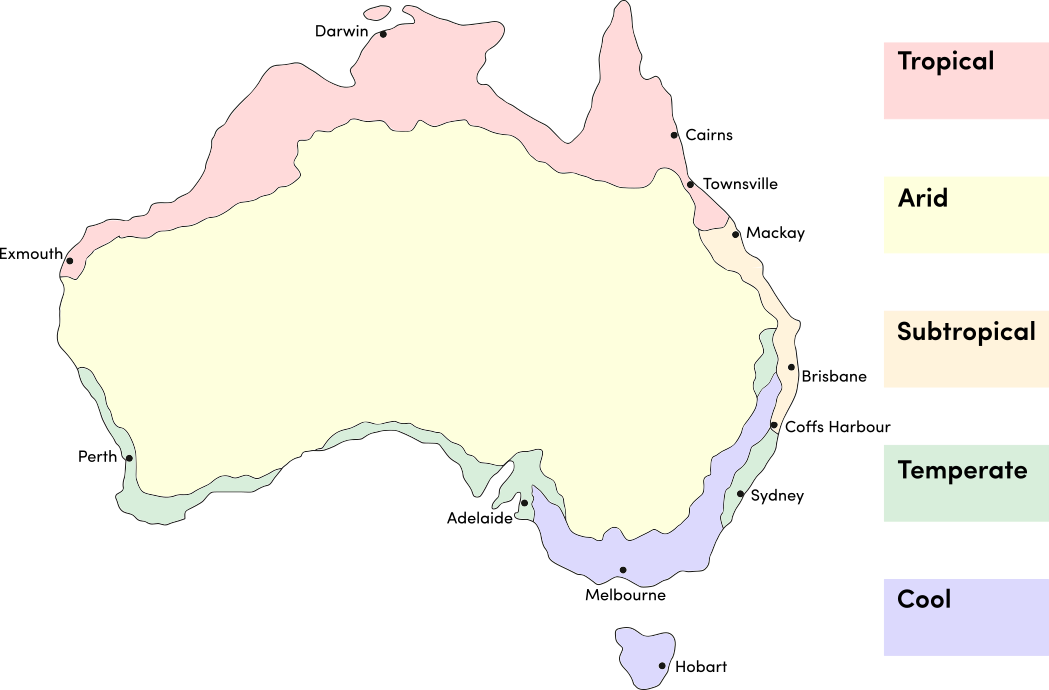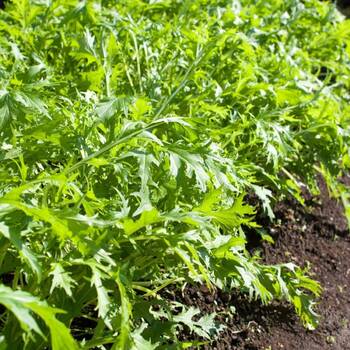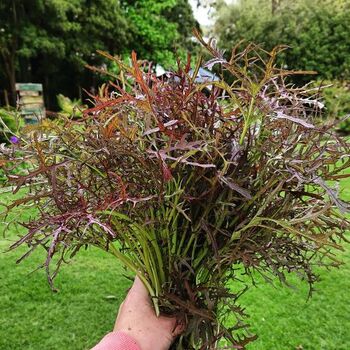Mizuna Seeds_
Guides
-
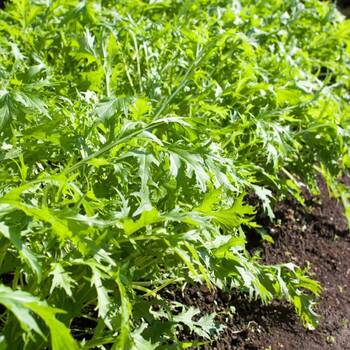
How to Grow Mizuna Seeds
A comprehensive guide on how to grow Mizuna Seeds; including soil preparation and position, when and how to sow, when and how to harvest and common pests and diseases. View guide.
-
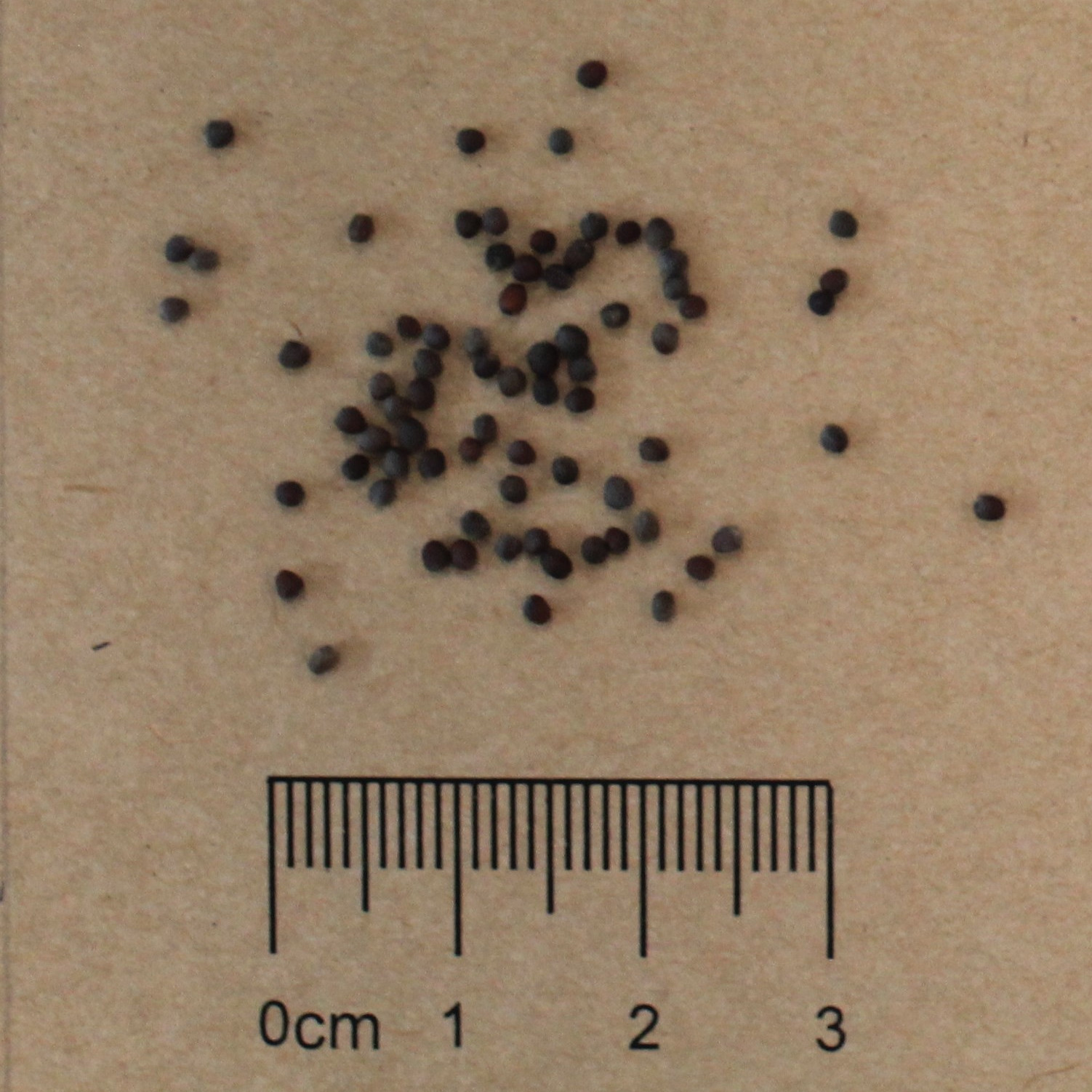
Seed Saving Guide: Mizuna (Brassica juncea)
A guide on how to save Mizuna seeds; including pollination type, isolation distance, when to harvest and best cleaning methods. View guide.
More Related Content
-
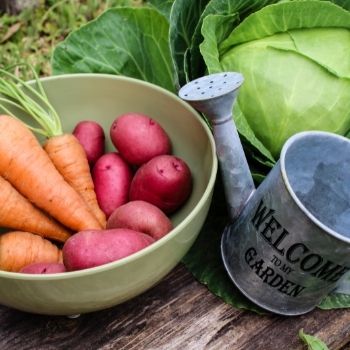
Low-Maintenance Vegetable Gardening - Homegrown Produce Without the Hassle
Not all veggies need hand-holding and constant encouragement. This article explains how to use low-maintenance plant varieties and techniques to fit vegetable growing into a busy schedule. Read article.
-
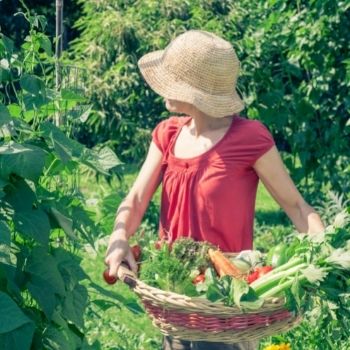
High-Yield Vegetables - How to Get the Most from Your Veggie Patch
It may be great fun to experiment with growing unusual crop varieties, but if your harvest is a disappointment it can quickly make gardening a chore rather than a pleasure. This article describes ten productive plants all veggie growers should consider. Read article.
-
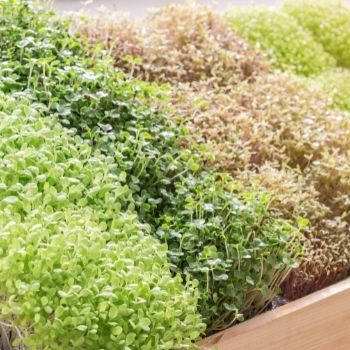
5 Reasons You Should Grow Microgreens for Your Kitchen
If you've visited and high-end restaurants over the last few years you've likely eaten microgreens. These tiny herb and vegetable shoots pack a powerful punch but are hard to find in supermarkets. Luckily, they’re very east to grow at home, and this art Read article.
-
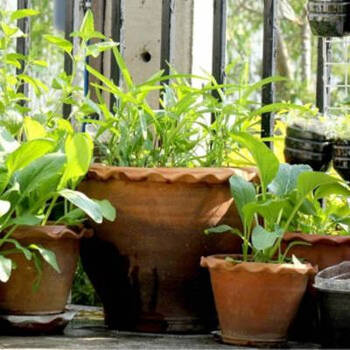
Small Space Gardening: Yes, You Can Grow Your Own Food
Don’t let having a small area stop you from increasing your self-sufficiency and enjoying some healthy, homegrown produce. Here are some tips to get you started growing vegetables in small spaces. Read article.

